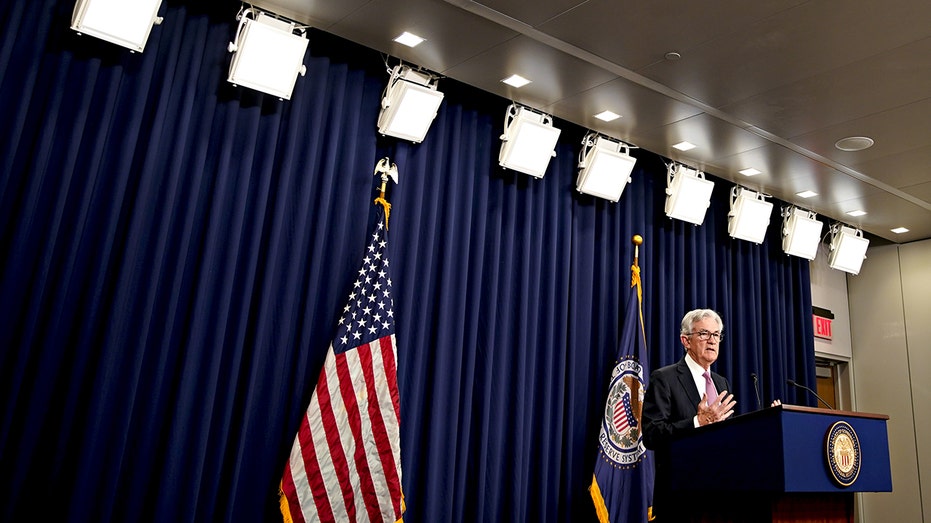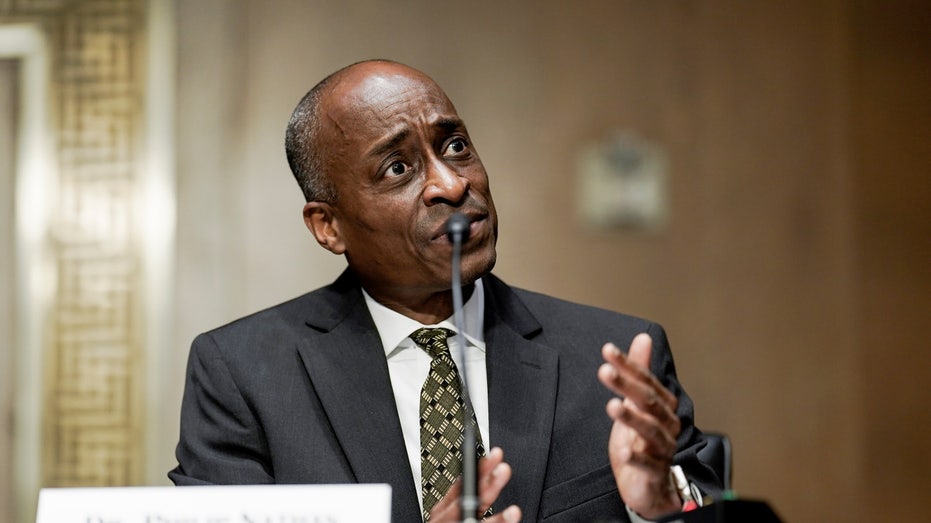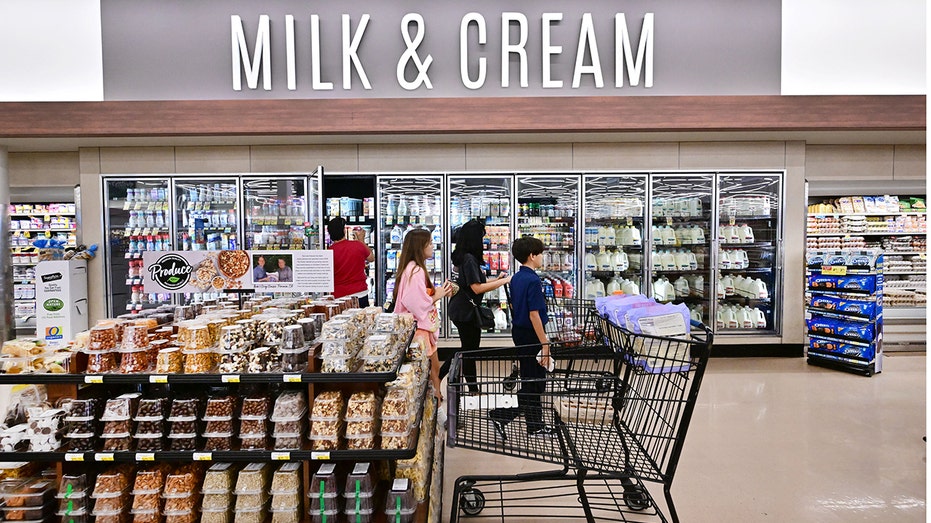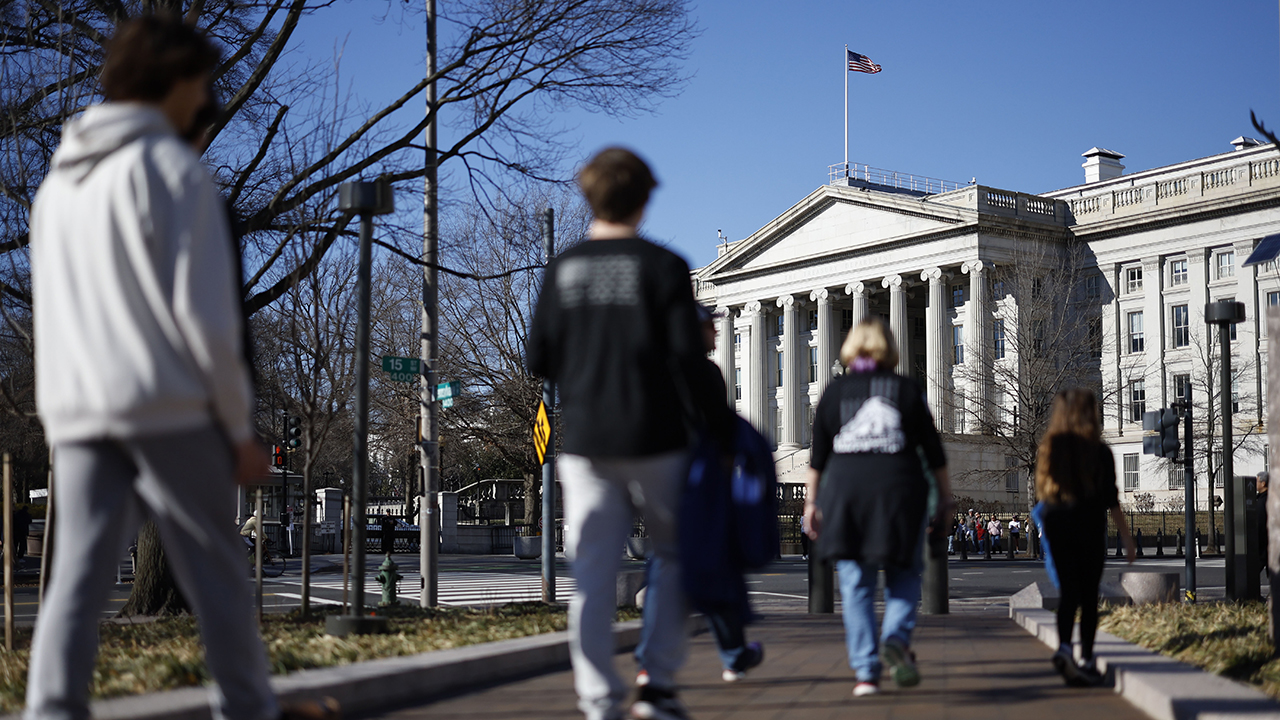Fed likely to trigger a recession with higher interest rates, research shows
Recession likely to take hold in US economy this year as result of higher Fed interest rates
The Federal Reserve will most likely need to keep rates higher: Christopher Zook
Chairman and CIO at CAZ Investments provides insight on the state of the economy and investing on 'Mornings with Maria.'
The Federal Reserve is hoping to achieve the rarest of economic feats as it embarks on the most aggressive interest-rate hike campaign in decades: cool inflation without throwing the U.S. into a recession.
Although Fed policymakers are counting on finding that elusive sweet spot — known as a soft landing — history shows that such an "immaculate disinflation would be unprecedented," according to a new paper published on Friday.
"Our historical analysis and modeling exercise lead us to conclude that the Federal Reserve and other key central banks will find it hard to achieve their disinflation goals without a significant sacrifice in economic activity," the paper said.
HIGH INFLATION COSTS AMERICANS AN EXTRA $395 A MONTH

Jerome Powell, chair of the U.S. Federal Reserve, speaks during a news conference following a Federal Open Market Committee (FOMC) meeting in Washington, D.C., May 4, 2022. (Al Drago/Bloomberg via Getty Images / Getty Images)
A group of leading economists authored the paper, including Stephen Cecchetti, a professor at Brandeis University and a former research director at the New York Federal Reserve; Michael Feroli, chief U.S. economist at JPMorgan and a former Fed staffer; Peter Hooper, vice chair of research at Deutsche Bank, and Frederic Mishkin, a former Fed governor.
The paper identified 16 periods since 1950 of "disinflation" orchestrated by a central bank in the U.S., Germany, Canada, or the U.K. In each scenario, a recession resulted after the central banks raised interest rates.
"We find no instance in which a significant central bank-induced disinflation occurred without a recession," the authors wrote.
US ECONOMY COULD SEE 'SECOND CHAPTER' IN PANDEMIC PRICE SURGE
The economists did find two episodes of significant Fed policy tightening—in the mid-1980s and mid-1990s—that did not result in recessions and were not associated with sizable disinflations. These "soft landings" did not result in any significant sacrifice because the Fed tightened preemptively at a time when the economy was running very close to desired levels of inflation and unemployment.
The findings were presented on Friday at a high-profile conference hosted by the University of Chicago Booth School of Business. It elicited pushback from Fed officials, who maintained that a soft landing is a feasible outcome.
KEVIN O'LEARY: US MAY GET A SOFT LANDING, DESPITE PEOPLE SAYING IT IS IMPOSSIBLE

Dr. Philip Nathan Jefferson, of North Carolina, nominated to be a Member of the Board of Governors of the Federal Reserve System, answers a question during a Senate Banking, Housing and Urban Affairs Committee confirmation hearing on Capitol Hill in (Reuters/Ken Cedeno/Pool / Reuters Photos)
Philip Jefferson, a member of the Fed's board of governors, said at the conference he believed the post-pandemic economy is so unique, that it is difficult to use history as a guide to what will happen.
"History is useful, but it can only tell us so much, particularly in situations without historical precedent," Jefferson said. "The current situation is different from past episodes in at least four ways."
The Fed last month voted earlier this month to raise its benchmark interest rate another quarter percentage point to a range of 4.5% to 4.75% and signaled that a "couple more" increases are on the table this year. That followed a half-point increase at a December meeting and four consecutive 75 basis point moves.
In a troubling development, however, the Fed's rate hikes have so far failed to tame inflation: The government reported on Friday morning that the personal consumption expenditures (PCE) index showed that consumer prices rose 0.6% from the previous month — the most since June — and accelerated 5.4% on an annual basis, according to the Bureau of Labor Statistics. Those figures are both higher than the 0.2% monthly increase and 5.3% headline jump recorded in December,
That indicates the Fed will have to continue charting its aggressive course, raising the odds that it crushes consumer demand and causes unemployment to rise.
WALMART CEO ON FOOD INFLATION: SOME IS 'STUBBORN, MID-DOUBLE DIGIT'

Shoppers walk through the milk and cream section of a supermarket in Montebello, Calif. Aug. 23, 2022. (Frederic J. Brown/AFP via Getty Images) / Getty Images)
That data – along with other indicators the econmy is still running hot – has prompted some traders to reexamine their rate hike expectations for the year, with a growing number of investors now betting the Fed could raise rates by higher than previously projected. Fed officials have acknowledged that rates may need to go higher than expected and remain elevated for longer.
"We have farther to go," Fed Governor Christopher Waller said in prepared remarks earlier this month before the Arkansas State University Agribusiness Conference. "And it might be a long fight, with interest rates higher for longer than some are currently expecting. But I will not hesitate to do what is needed to get my job done."
CLICK HERE TO READ MORE ON FOX BUSINESS
Climbing interest rates will put 'continued pressure' on consumers: Walter Todd
Greenwood Capital President and CIO Walter Todd and Fitz-Gerald Group principal Keith Fitz-Gerald break down earnings impact on the market.






















